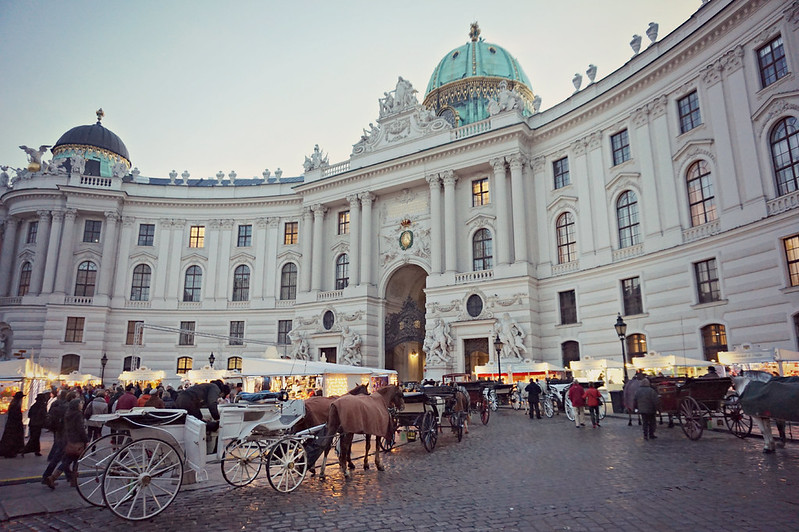
O Hofburg é muito mais que um Palácio, é um complexo arquitetónico que serviu de casa a várias familias reais e uma das mais poderosas foi a dos Habsburg, que governou a Áustria durante cerca de seiscentos anos. Aqui viveu também um das imperatrizes mais conhecidas da história, Sissi ou Isabel da Bavaria, todos se lembram do filme que parecia tocar o lado mais doce da sua vida mas nada se compara a visitar o seu apartamento para entender mais sobre esta complexa mulher. Valeu a pena entrar no seu museu para conhecer o interior de uma pequena parte do Palácio Imperial.
The Hofburg is much more than a Palace is an architectural complex that served as the home to several royal families and one of the most powerful was the Habsburg, who ruled Austria for about six hundred years. Here lived also one of the best known empresses in history, Sissi or Elizabeth of Bavaria, all remember the movie that seemed to touch the sweeter side of her life but nothing compares to visit her apartments to understand more about this complex woman. Worth enter his museum to see the inside of a small part of the Imperial Palace.
The Hofburg is much more than a Palace is an architectural complex that served as the home to several royal families and one of the most powerful was the Habsburg, who ruled Austria for about six hundred years. Here lived also one of the best known empresses in history, Sissi or Elizabeth of Bavaria, all remember the movie that seemed to touch the sweeter side of her life but nothing compares to visit her apartments to understand more about this complex woman. Worth enter his museum to see the inside of a small part of the Imperial Palace.
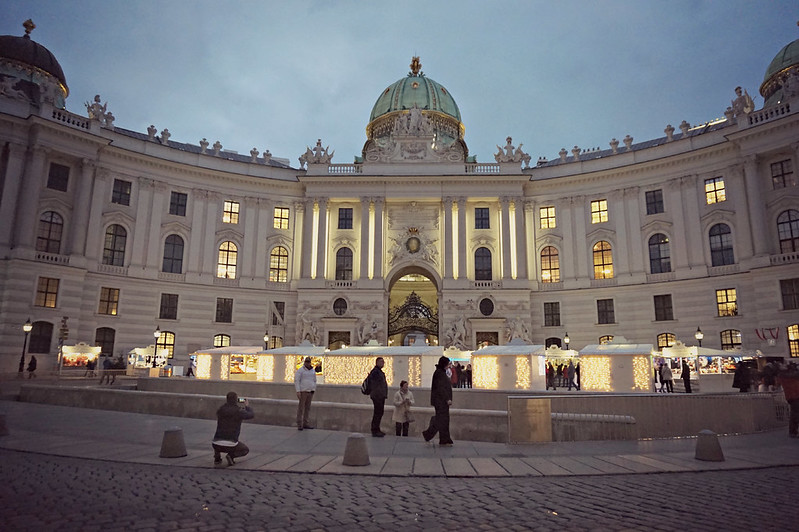
Ao visitar o Sisi Museum podemos ver não apenas as suas salas mas também as do Imperador Franz Joseph, o seu marido e conhecer um pouco mais sobre a Arquiduquesa Sofia, a famosa sogra malvada. Levo comigo as memórias de uma das salas preferidas de Sissi, a que tinha umas barras de ginástica porque foi a primeira vez que vi algo assim no Palácio principalmente no quarto de uma mulher. Já a zona de Franz era muito mais sóbria, típica de um homem que só pensava nos seus deveres imperais e pouco dado a tantos detalhes decorativos.
A outra ala importante do Hofburg é a da Escola Espanhola de Equitação, tem origem no século XVI e servia para treinar os cavalos Lippizzaner, um cruzamento entre puro-sangue espanhol, berber e árabe que eram criados em Lipica uma cidade perto de Trieste.
Numa parte exterior do Palácio virada para o Volksgarten podemos ver o Neue Burg onde se destaca a estátua equestre do Príncipe Eugénio de Sabóia um grande génio militar que ajudou a libertar a Áustria do Império Otomano. No lado oposto outra estátua equestre desta vez de Franz Joseph.
Visiting the Sisi Museum we can see not just her rooms but also the ones of Emperor Franz Joseph, her husband and learn more about the Archduchess Sofia, the famous evil mother-in-law. I take with me the memories of my favorite Sissi rooms, the one with a gymnastics bar because it was the first time I saw something in the Palace specially in the room of a woman. Franz area was much more sober, typical of a man who only thought in his imperal duties and gave Little importance to so many decorative details.The other important wing of the Hofburg is the Spanish Riding School, comes from the sixteenth century and was used to train the Lipizzaner horses, a cross between purebred Spanish, Berber and Arabic that were created in Lipica a town near Trieste.An outside area of the Palace closer to the Volksgarten you can see the Neue Burg where the statue of Prince Eugene of Savoy stands he was a great military genius who helped liberate Austria the Ottoman Empire. On the opposite side another equestrian statue this time of Franz Joseph.
Visiting the Sisi Museum we can see not just her rooms but also the ones of Emperor Franz Joseph, her husband and learn more about the Archduchess Sofia, the famous evil mother-in-law. I take with me the memories of my favorite Sissi rooms, the one with a gymnastics bar because it was the first time I saw something in the Palace specially in the room of a woman. Franz area was much more sober, typical of a man who only thought in his imperal duties and gave Little importance to so many decorative details.The other important wing of the Hofburg is the Spanish Riding School, comes from the sixteenth century and was used to train the Lipizzaner horses, a cross between purebred Spanish, Berber and Arabic that were created in Lipica a town near Trieste.An outside area of the Palace closer to the Volksgarten you can see the Neue Burg where the statue of Prince Eugene of Savoy stands he was a great military genius who helped liberate Austria the Ottoman Empire. On the opposite side another equestrian statue this time of Franz Joseph.
Reichskanzleitrakt
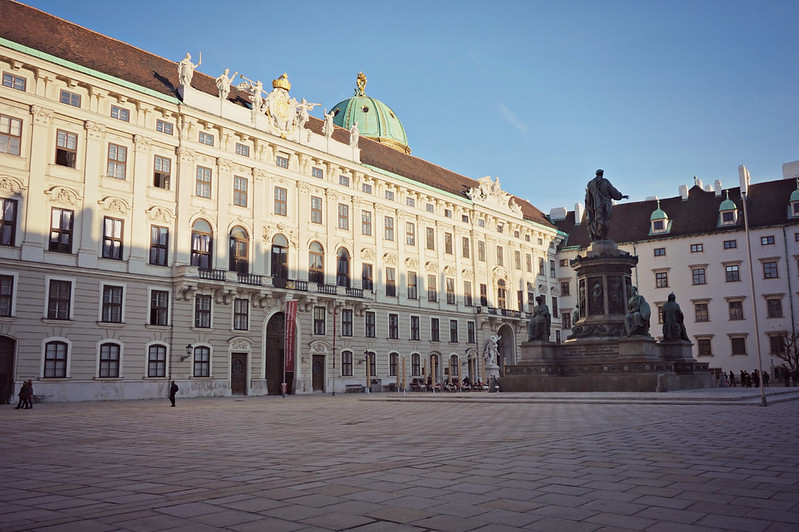
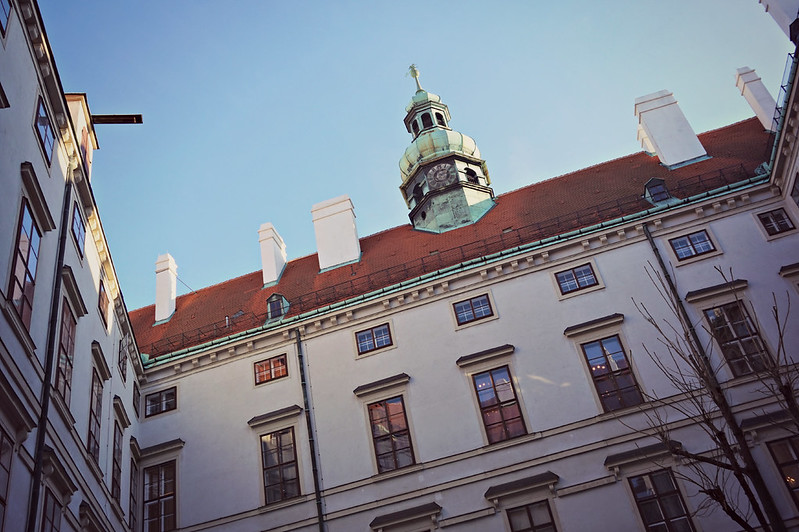
Reichskanzleitrakt
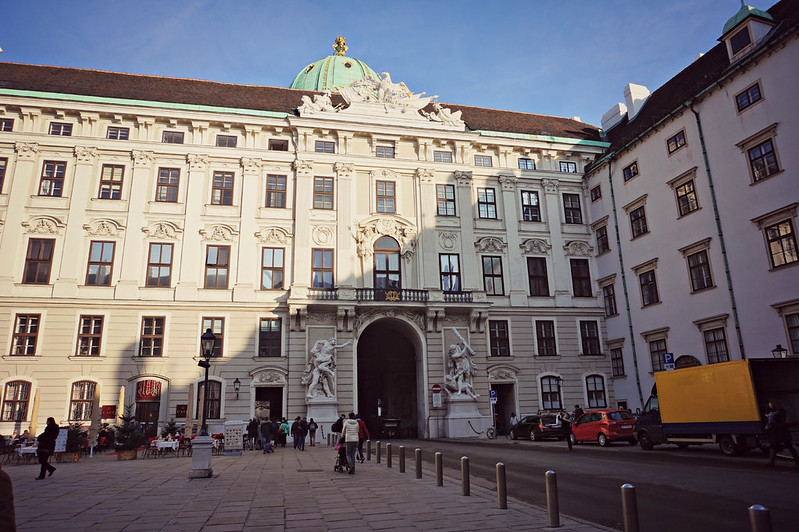
Amalienburg
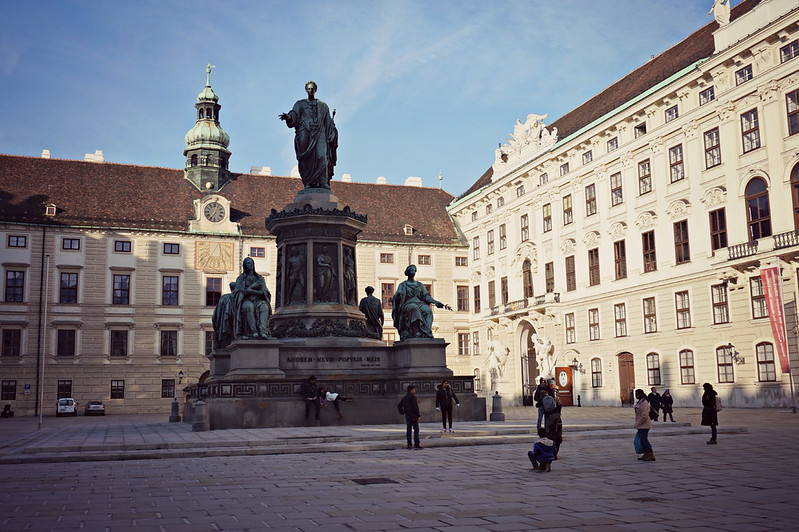
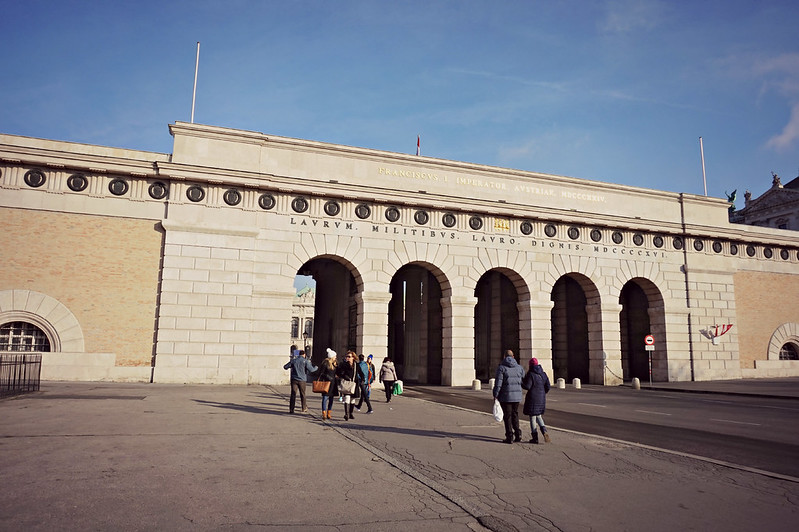
Neue Burg & Estátua do Príncipe Eugénio de Sabóia
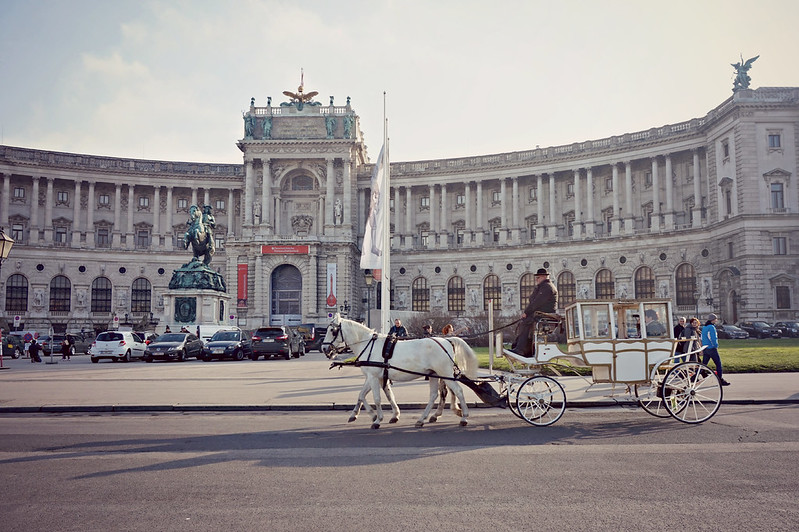
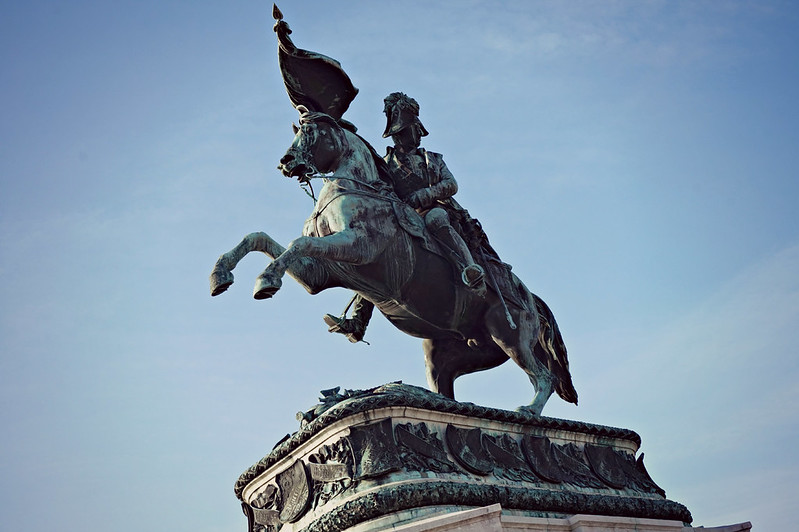
Museu da Sissi
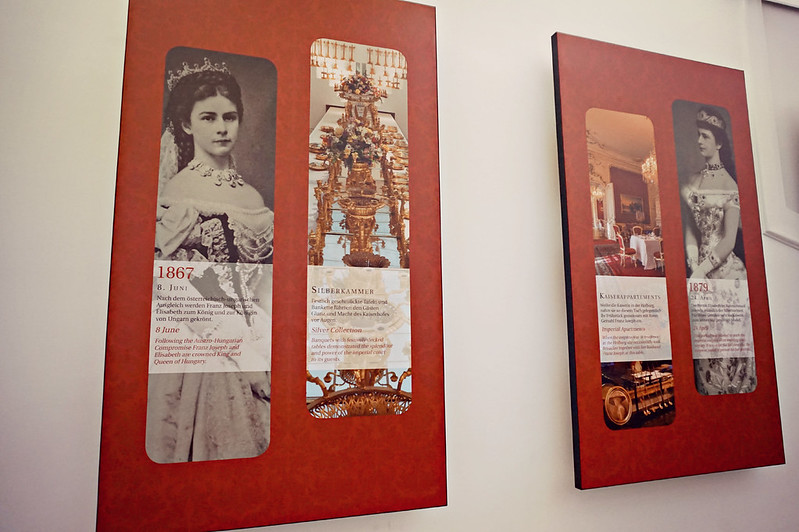
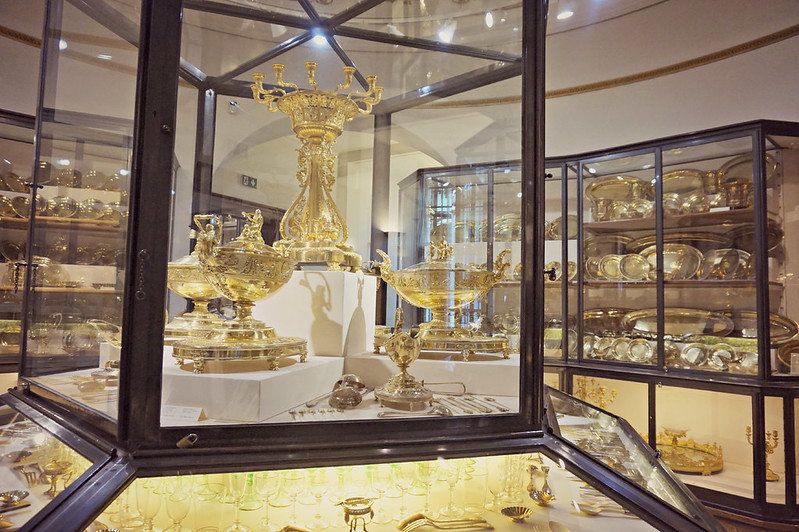
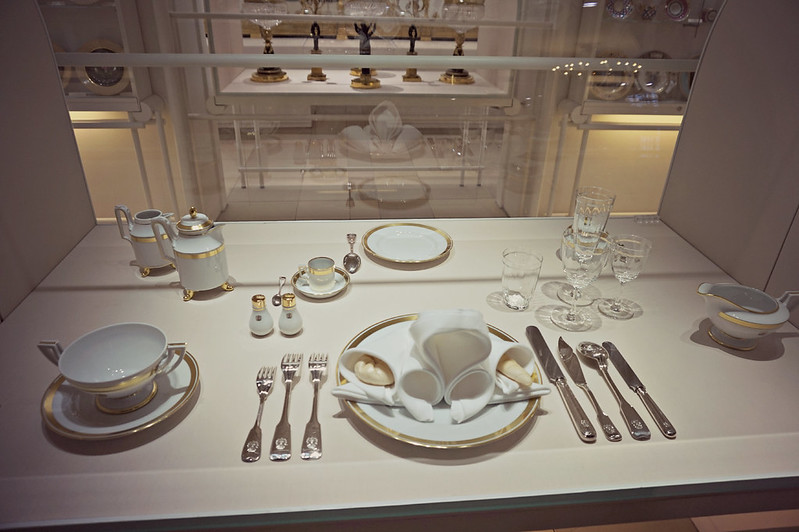
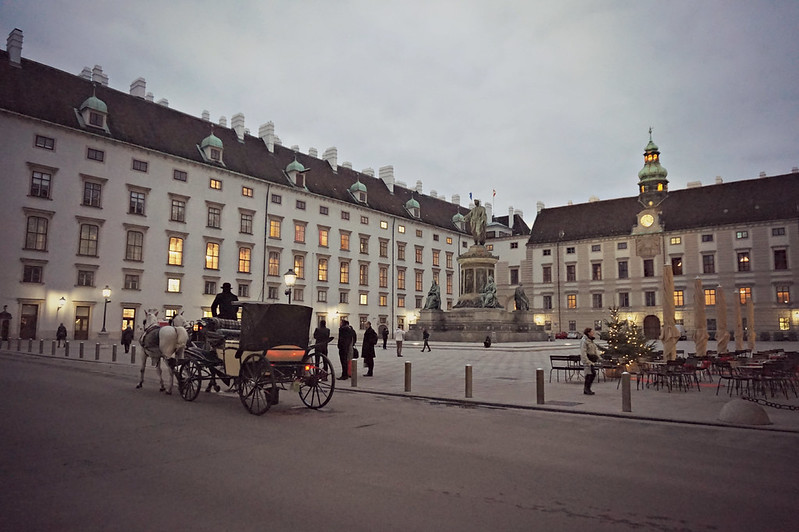
Website: http://www.hofburg-wien.at/en.html
Metro: Herrengasse
Our guide of

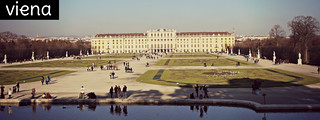
Sem comentários:
Enviar um comentário